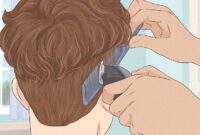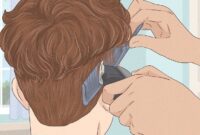How to Detangle Curly Hair – smartesthairstyles.com – Curly hair is beautiful, but it requires a lot of tender loving care. Otherwise, you can end up with frizzy, dry and unruly hair that you will struggle with day after day. Anyone with curly hair knows that it can easily become a mess. What you may not know is that combing through curly hair is not the best way to detangle it. In fact, this is one of the top reasons behind damaged hair, aside from using harsh chemicals and dyes. Read on to learn how to safely untangle it without damaging it.
- Dry vs. Wet Detangling
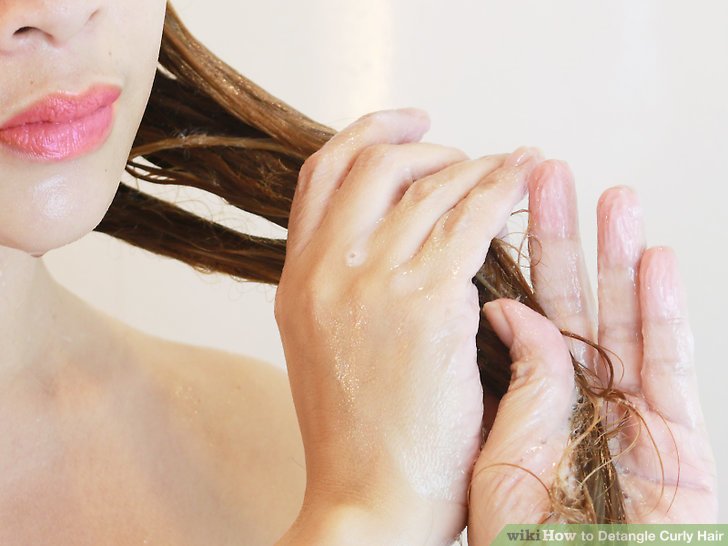
Consider detangling your hair with water and conditioner. This method works best on dry, coarse, or tight curls. These hair types do not lend themselves well to dry detangling. Dry hair is prone to breakage and tightly curled or coiled hair needs extra moisture to detangle properly. Water breaks the bonds in your hair, making it weaker, more fragile, and more malleable.
Condition your hair after taking out braids. If you’ve had your hair in braids for a while, don’t comb through it when it’s dry. Use the wet conditioner method to detangle your hair. This will ensure that you don’t pull hair out.
Brushing dry, curly hair can make it frizzy and even more tangled.
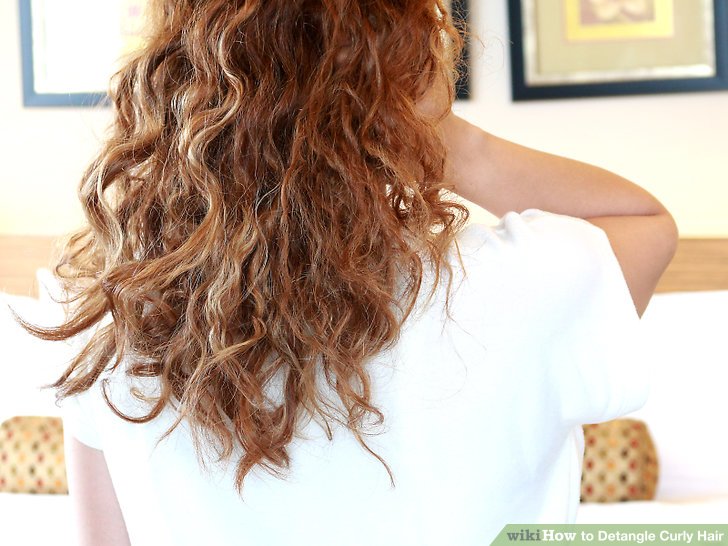
Consider detangling your hair while it’s dry. This method can work well if you have loose curls or thicker, heavier hair. You’ll use your fingers, a wide-toothed comb, or a paddle brush to work through the tangles and smooth down your hair. Even if you plan to detangle your hair wet, try to dry detangle as much of your hair as possible to make the job easier.
In general, hair is easier to detangle when it is dry. Dry hair is stronger so it won’t break when pulled. If your hair is too unruly, you may need to coat your brush with lubricating oil or olive oil to ease the detangling process.
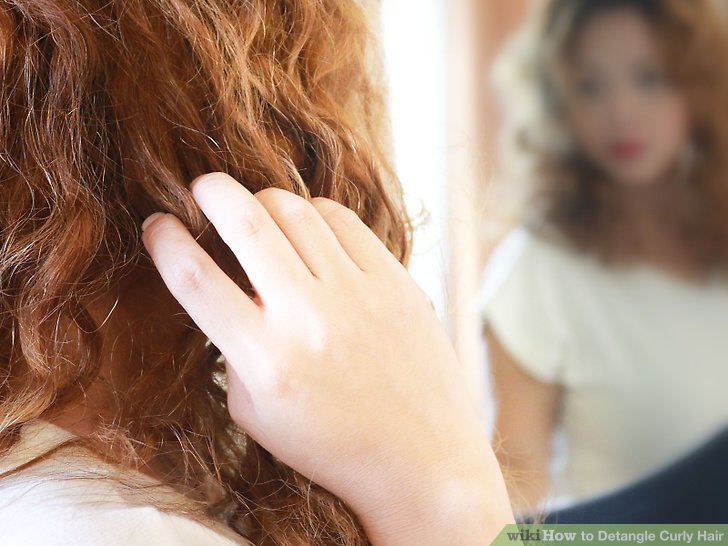
Try different hair transition methods. When growing your hair out, you may need to experiment with different detangling methods. If you have shorter hair, you may be able to dry detangle. If you have longer hair, you may need grooming when detangling. As your hair changes, see if you need to change your detangling method from dry to wet.
- Dry Detangling
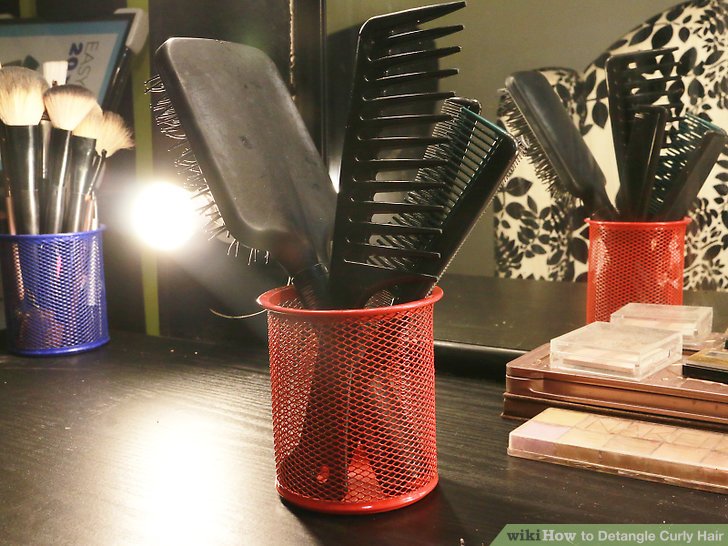
Choose a detangling tool. When dry detangling your hair, you can use your fingers, a wide-toothed comb, or a paddle brush.
Using your fingers can make it easier to find and work through smaller knots.
Combing or brushing your hair can cause hair breakage. Your hair isn’t very flexible when it’s dry, so be careful when detangling it this way.
A paddle brush is better for long, loose curls. It probably won’t work on very curly hair.
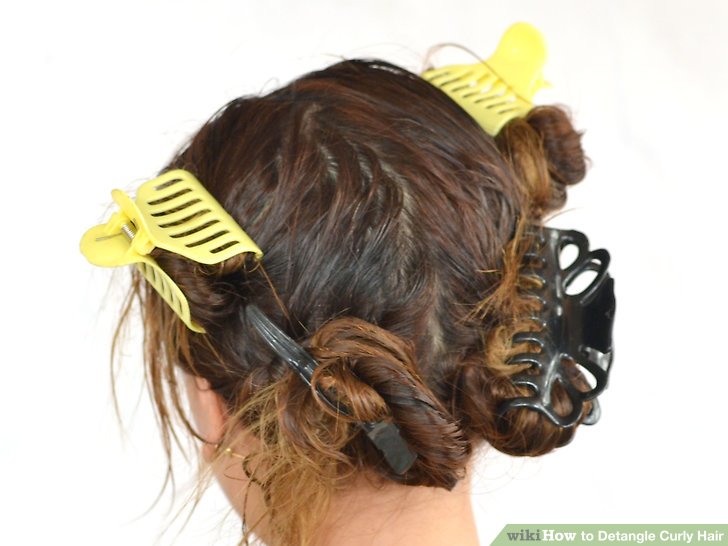
Separate your hair into four sections. Pin your hair into four sections so you can tackle each section separately. If your hair is particularly thick, dividing your hair into more than four sections can help.

Use oil to lubricate your curls and prevent breakage. Put a little lubricating oil, e.g. B. coconut oil, on your fingers. This will reduce any friction your fingers experience when running them through your hair.
Consider using argan oil to lightly mist your hair. This will make it easier to comb your hair with a comb or paddle brush. You can find argan oil at your local beauty store.
Consider wearing latex gloves so your hands can run through your hair. You can also consider wearing gloves if you don’t want the skin on your hands to get greasy.
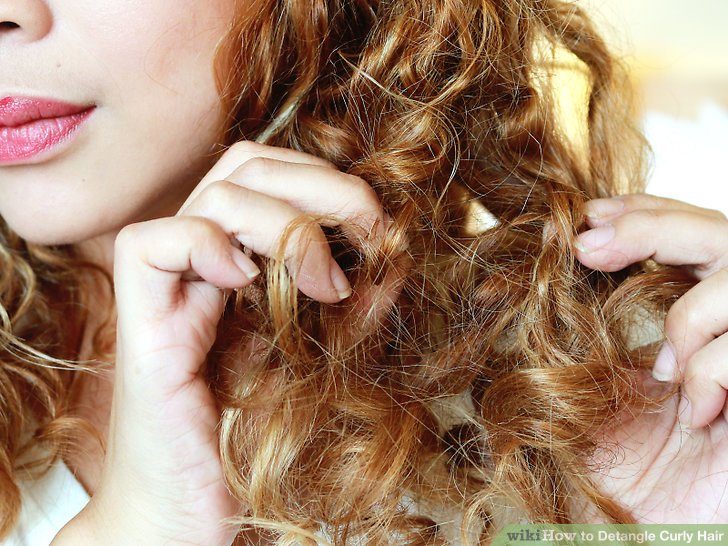
Find the tangles. As you begin to comb through your hair, find where the thick and thin masses of tangles are. Separate one tangle at a time. If possible, pull the knotted area away from the rest of your hair. If you can see it in the mirror, try to take a quick look at the situation.

Work the knot from the end to the root. Run your fingers through your hair, working through each knotted section in turn. Start at the end of the strand of hair. Work your fingers through the bottom of the knot. As your fingers undo part of the knot, work your fingers through more knots until you get to the root.
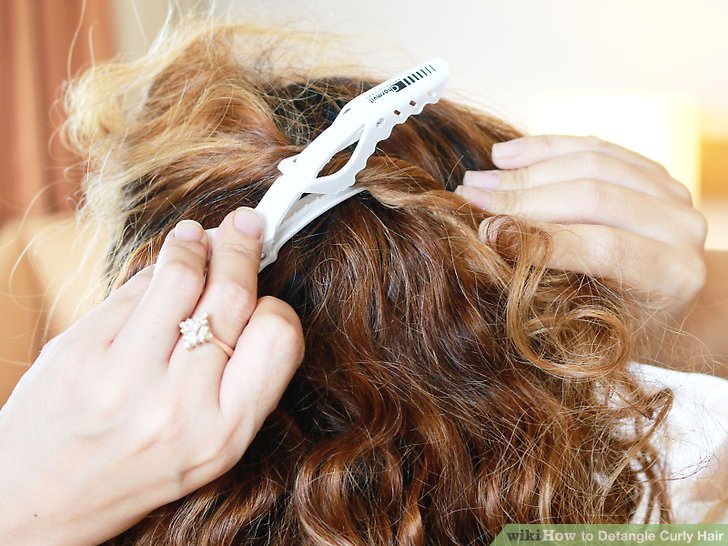
Pin each unraveled section into a loose twist. When you are done detangling a section of hair, twist it loosely and pin it up. This will interrupt your work and prevent your unraveled sections from getting tangled again.
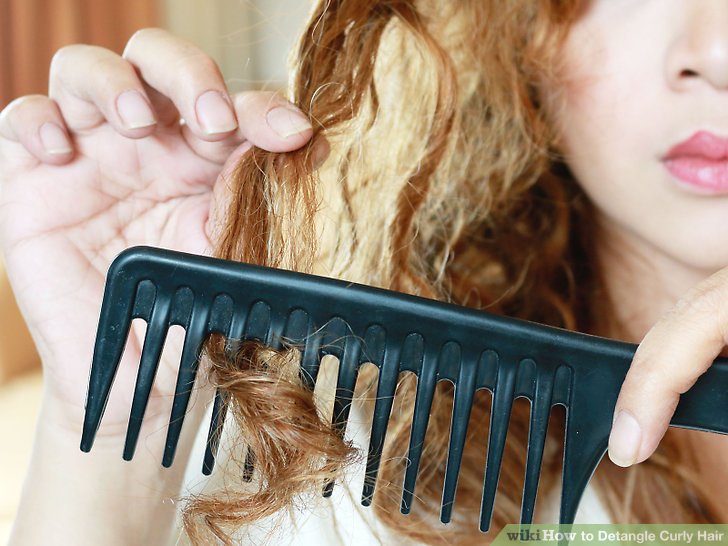
Continue detangling the rest of your hair. Work through the rest of your hair section by section. Meanwhile, pin the untangled sections until all the hair is untangled.
- Wet Unraveling

Dry untangle as much as possible with your fingers. Many people have hair that does not fully detangle when dry. However, you might be able to make the job easier if you detangle as much as possible before you coat your hair in conditioner.
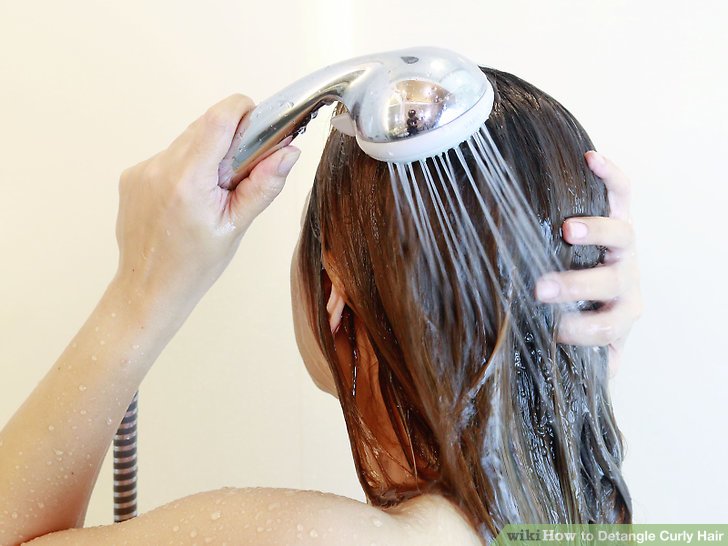
Wet your hair. Detangle your hair in the shower or simply rinse it out. This makes detangling easier as the hair becomes smoother.
Consider towel drying your hair before conditioning. This can ensure your hair isn’t too wet for the product to stick, but is damp enough to avoid further tangling.
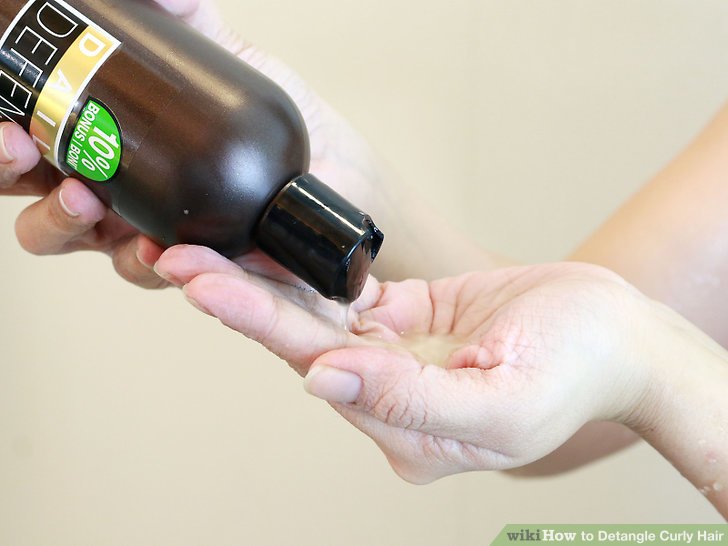
Add conditioner to your hair. Apply conditioner to the wide-toothed comb while standing under a low-pressure shower. Distribute the conditioner through your hair, from bangs to back and from tips to roots, slowly removing knots and tangles. Make sure your hair is fully and thoroughly lathered with conditioner. If the hair is too thick, use your fingers. Do not pull your hair as this can cause hair loss.
Be sure to spread the conditioner throughout the tangle. Stick your fingers through the tangle; Put the product on the “inside” of your hair and not just on it.
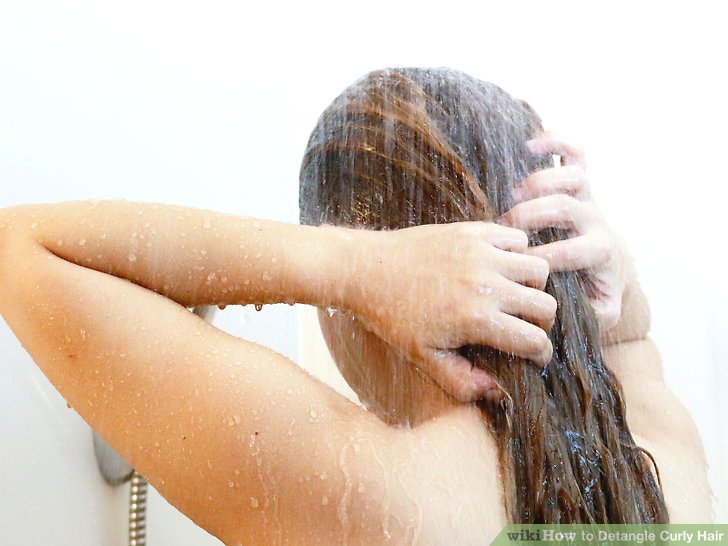
Quickly rinse your hair again.
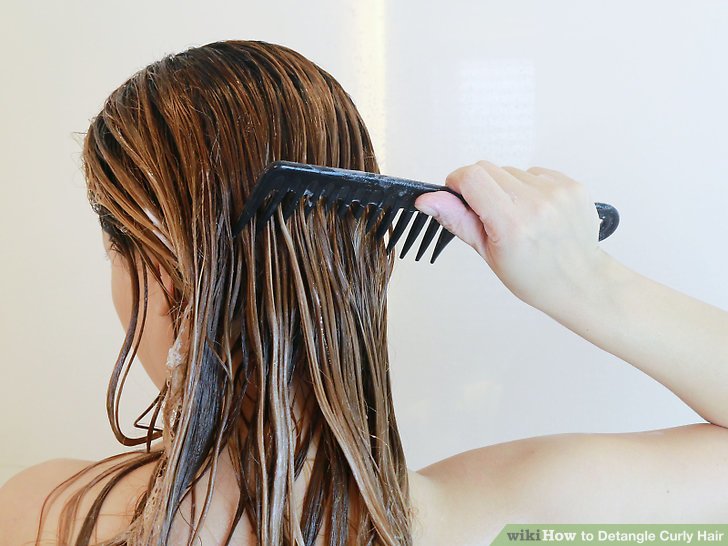
Detangle your hair with your fingers or a wide-toothed comb. Start with gentle detangling motions at the bottom of the hair and work your way up. When you get to a large knot, use your fingers to pull it apart. Tear up any tangles with a brush or comb. Comb gently with small quick movements.
Hold your hair with one hand as you comb it so you don’t feel it pulling at the roots.
You may get a knot or pull out some hair, but don’t worry too much. They don’t damage your hair, they only remove hair that has gone wrong. The conditioner protects against damage and your hair will be smooth and tangle-free after drying.
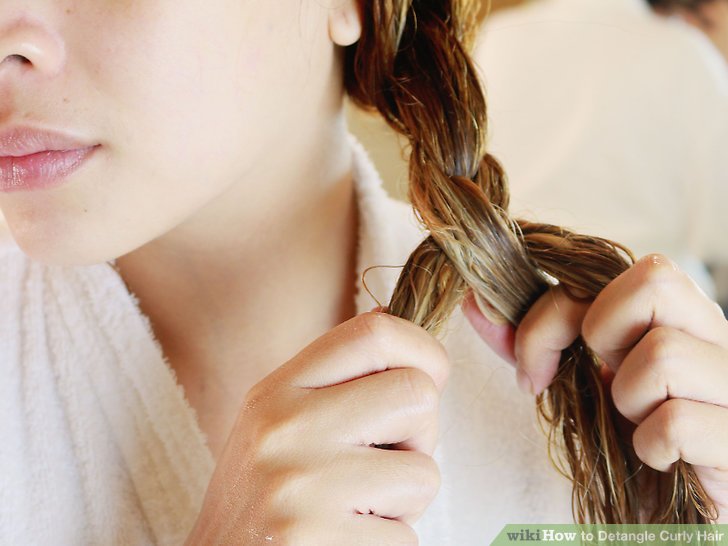
Braid hair to protect it from soap for the rest of the shower.
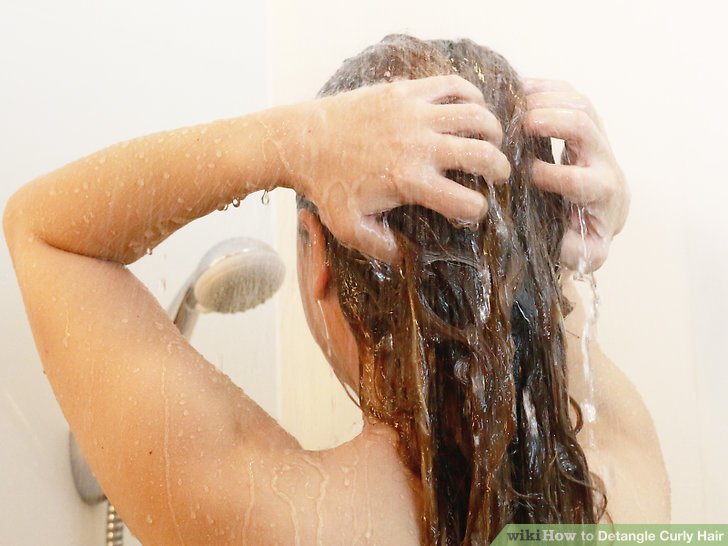
Rinse out the conditioner when you’re done with your shower. Once the wide-toothed comb can easily slide through your hair, rinse out the conditioner and pat your hair dry. Use a microfiber towel or an old t-shirt – traditional terry towels can cause frizz.
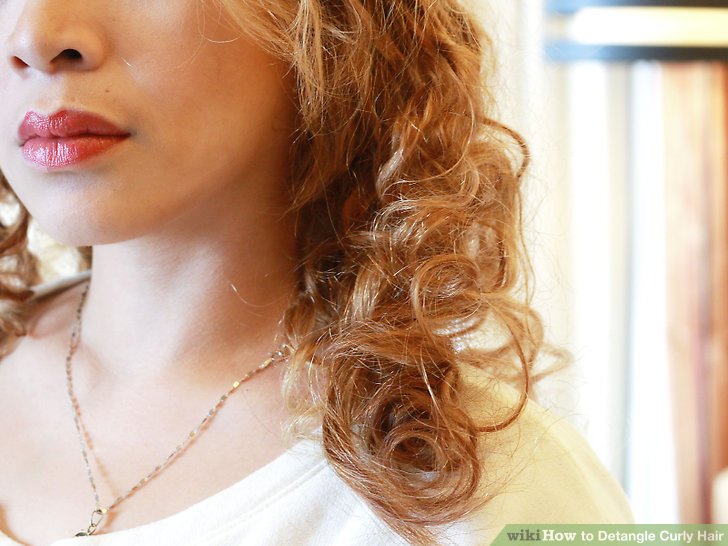
Style your curly hair without tangles. Add the styling product of your choice (whether mousse, gel or a styling cream) and let your hair dry. You can also dry it with a hair dryer (with diffuser) on low heat and intensity. Try not to touch your hair before it’s completely dry, which can cause frizz.
- Keeps curly hair free from tangles

Take care of your hair every day. To avoid tangles in curly hair, condition your hair every day with the help of a wide-toothed comb. Overall, the ultimate key to less tangles is to keep your hair nourished, moisturized, and protected from environmental factors like the sun and pollutants.
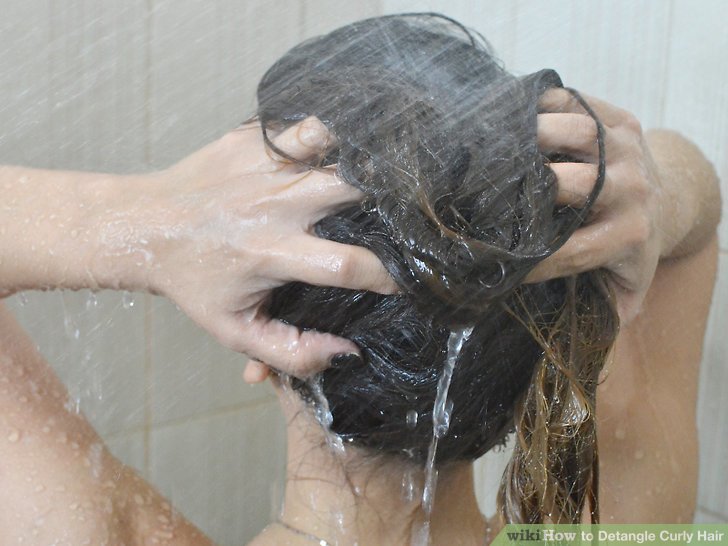
Shampoo less often. This also helps control frizz. Avoid washing your hair every day, regardless of your hair type, as this can dry out your scalp and hair. Shampoo your hair a few times a week at most.
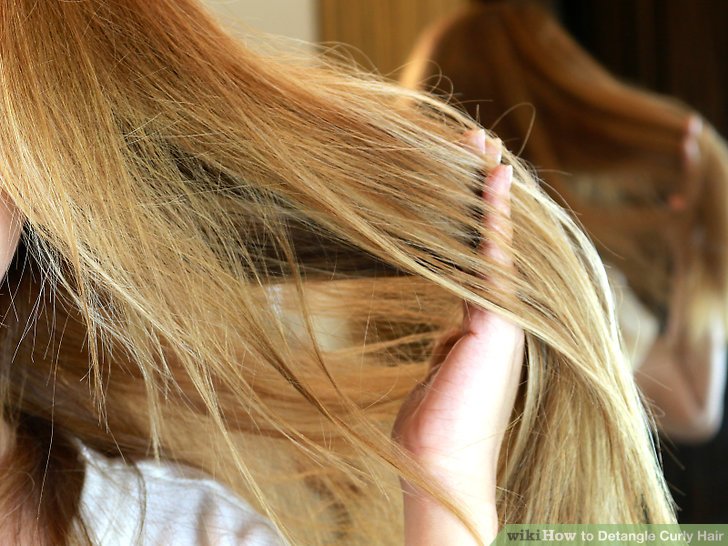
Make sure your hair is dry when you go to bed. Try to shower in the morning. Hair is more malleable when wet, so it may get rubbed incorrectly if you toss and turn at night. It can be very difficult to tame your tangled hair in the morning if you showered the night before. If you have to shower at night, give yourself a few hours before bed to give your hair time to dry.
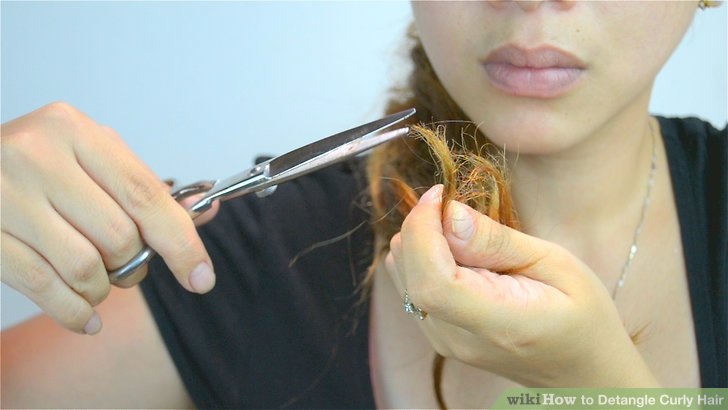
Get rid of split ends. Keep your hair in good shape by trimming it regularly. Snip a small amount from the ends of your hair to remove split ends from your hair. Your hair will be less tangled if you don’t have split ends.
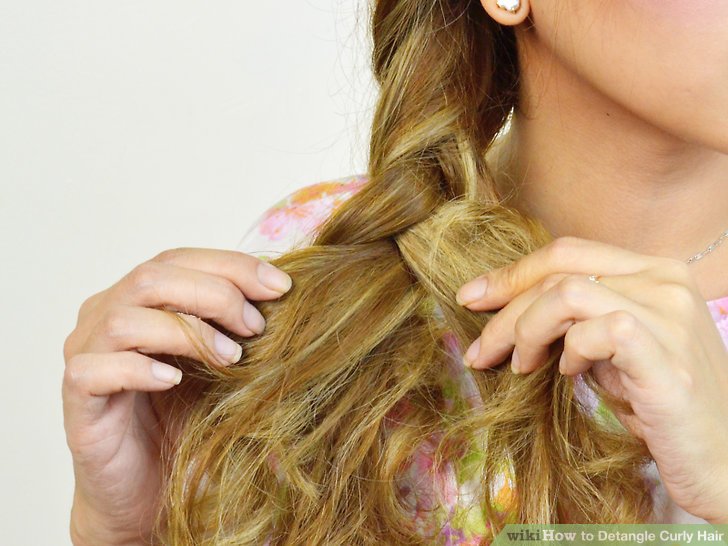
Put your hair up before you sleep. Consider braiding your hair or tying it loosely before bed. Pinning your hair at the top of your head will reduce friction and tangles overnight. Your hair won’t be able to move as freely and you’re less likely to roll over it and tangle it.
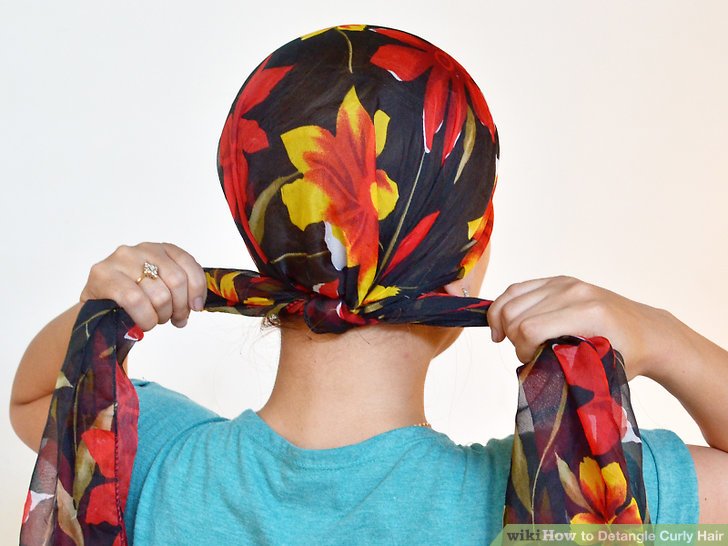
Sleep with a satin headscarf or pillowcase. Satin is a slippery fabric, making it easier for your hair to slide across the surface and tangle less than a cotton pillowcase. This will prevent your hair from getting tangled from friction while you sleep.

Try a new short haircut. Just try a new shorter hairstyle, especially when it’s warm. You might even look younger. Take care of your hairstyle by keeping it simple and light, washing only according to the needs of your hair type. For example, if you have dry and thin hair, only wash your hair twice a week and make sure you use a quality shampoo and conditioner. In winter, when the weather is cooler, you can grow longer hair to cover the nape of the neck.
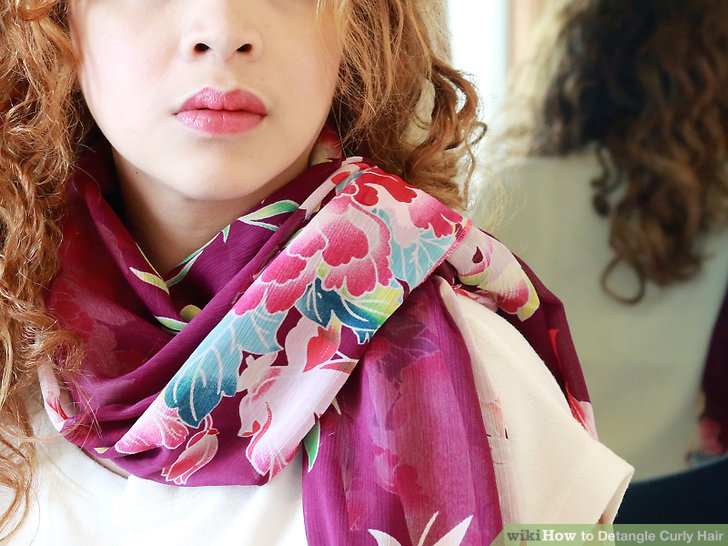
Complete.


